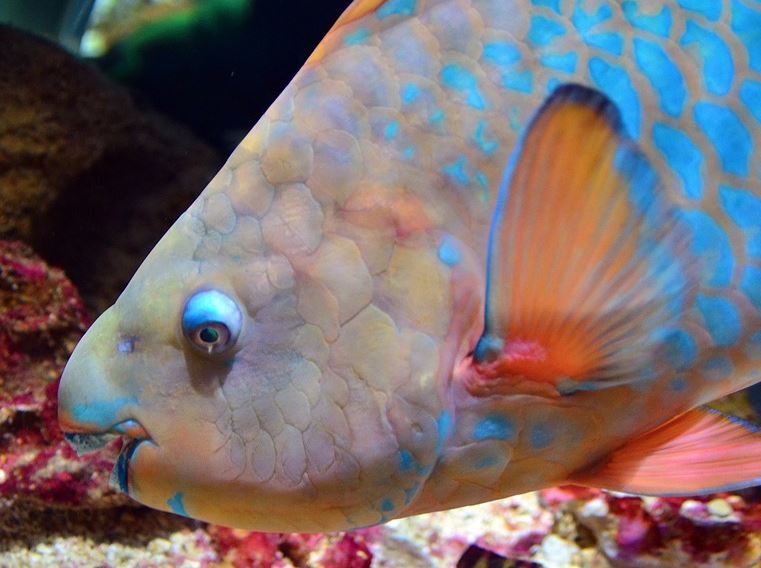

Any indigestible elements are passed out in the fish's faeces, creating vital sediment. They are equipped with pharyngeal teeth at the back of their throat to sufficiently grind the hard coral into a digestible paste.

Humpheads truly live up to their name by occasionally bumping the coral with their heads, breaking it into smaller pieces that are more easily consumed. Feeding on benthic algae and live coral during the day, the school leaves the reef lagoon with the adults moving further afield, while the juveniles remain closer to home in seagrass beds. Feeding Habitsīumphead parrotfish are primarily corallivores. You can often see them tearing around before your eyes and seemingly not paying you the slightest bit of notice. In marine protected areas these gentle giants are far more approachable and even indifferent to divers. In areas where they are exposed to fishing pressure or high sea traffic, humpheads have become wary of reefs near human habitats. During the day, the adults move to the seaward side as they scour the coral reef for food. Gregarious by nature, bumphead parrotfish form shoals of 20 to 100 fish, resting in shallow, sandy lagoon flats, around caves and shipwrecks at night. When fully grown they range from olive or bluish-green to slate grey, with a yellowish to pink blaze down the front of their face.Īdults are sometimes confused with the juvenile Napoleon wrasse, which can be differentiated by 2 black lines running behind its eye.

As the adults mature they develop a pronounced bump on their vertical head profile. The juveniles start out a greenish brown colour with 5 bands of whitish spots arrayed vertically along their body. Males and females look the same in this species. They are distinguished by beak-like teeth plates only partially covered by fleshy lips. The humphead is the largest of the parrotfishes at 130 cm in length and weighing up to 46 kg. Scientific name: Bolbometopon Muricatum Distinguishing Features What is so special about the bumphead (or humphead) parrotfish? Let’s find out… Bumphead Parrotfish Fact SheetĬommon name: Bumphead, Giant humphead, Green humphead, Double-headed parrotfish and other variations on these names

With large green bodies, blunt pink heads and gaping, prominent teeth, they may not win any beauty contests, but make for great photo subjects and provide a vital service for those who love the feeling of fine white sand between their toes as they stroll along the beach. Normally traveling in schools they often appear like a squadron of marauders filling divers' ears with their noisy crunching and excreting wafts of fine sand onto the ocean floor. You may be busy inspecting the nooks and crannies of a reef or gliding gently along a steep drop-off when suddenly your senses are alerted to the presence of these magnificent fish. Finding yourself engulfed by a large school of bumphead parrotfish as they nonchalantly munch their way through acres of coral reef, is an experience not easily forgotten.


 0 kommentar(er)
0 kommentar(er)
